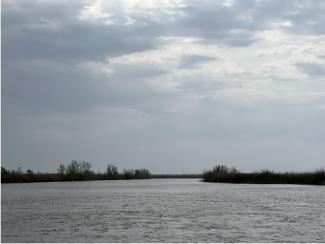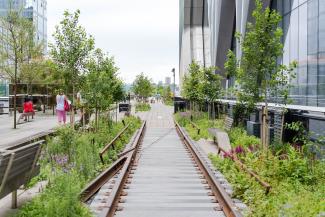NEPA’s Future in Climate and Environmental Justice

The Biden Administration recently finalized the first phase of a two-part rulemaking process to reverse some of the Trump Administration’s revisions to CEQ rules for implementing NEPA. In mid-April, ELI hosted a panel to discuss how these new rules might alter federal agency reviews of climate change and environmental justice impacts.







